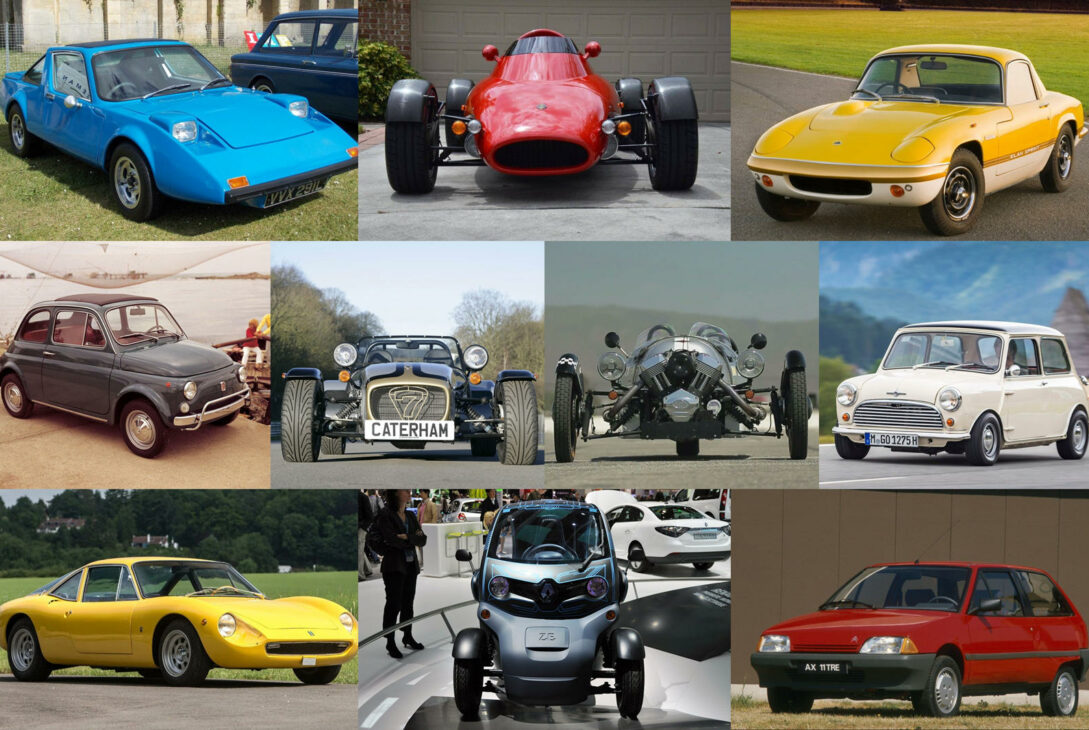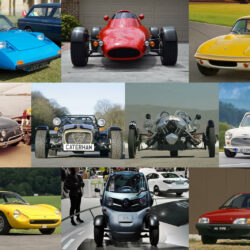The history of automobiles is a fascinating journey that spans over a century. From the invention of the first gasoline-powered automobile to the recent rise of electric vehicles, the automotive industry has witnessed significant advancements and transformations. This article explores the evolution of automobiles, highlighting key milestones, technological breakthroughs, and the impact of these innovations on society.
The Birth of the Automobile
The birth of the automobile can be traced back to the late 19th century. In 1886, Karl Benz introduced the Benz Patent-Motorwagen, considered the world’s first practical automobile. This three-wheeled vehicle was powered by an internal combustion engine and marked the beginning of a transportation revolution. Other inventors, such as Gottlieb Daimler and Henry Ford, made significant contributions, including the development of mass production techniques that revolutionized the industry.
The Era of Mass Production
The early 20th century witnessed the advent of mass production techniques pioneered by Henry Ford. With the introduction of the assembly line, Ford’s Model T became the first affordable car for the masses. This innovation drastically reduced production costs and increased accessibility, leading to a surge in car ownership and transforming society’s mobility patterns.
Technological Advancements and Safety Innovations
Throughout the 20th century, the automotive industry experienced rapid technological advancements. The introduction of features like hydraulic brakes, seat belts, and airbags greatly improved vehicle safety. Furthermore, innovations such as power steering, automatic transmissions, and fuel injection systems enhanced driving comfort and performance.
Environmental Concerns and the Rise of Electric Vehicles
As environmental concerns grew in the late 20th century, the automotive industry started seeking alternative solutions to fossil fuel-powered vehicles. This led to the development of hybrid vehicles, which combined internal combustion engines with electric motors.
In recent years, the rise of electric vehicles (EVs) has gained momentum, driven by improvements in battery technology, government incentives, and a growing demand for sustainable transportation. The article explores the advantages and challenges of EV adoption, including range anxiety, charging infrastructure, and battery recycling.
Autonomous Vehicles: The Future of Mobility
Another major shift in the automotive industry is the development of autonomous vehicles (AVs). Autonomous driving technology has the potential to revolutionize transportation, promising increased safety, reduced congestion, and enhanced mobility for individuals with limited mobility. The article discusses the levels of autonomy, current challenges, and the potential impact of AVs on society, including changes in employment patterns and urban infrastructure.
Conclusion
The evolution of automobiles has been a remarkable journey characterized by innovation, technological advancements, and societal transformations. From the invention of the first automobile to the rise of electric vehicles and autonomous driving technology, the automotive industry has continuously pushed boundaries and redefined transportation.
As we move forward, it is crucial to address challenges related to sustainability, infrastructure, and safety while embracing the opportunities presented by emerging technologies. The future of automobiles holds tremendous potential for creating a more efficient, sustainable, and interconnected transportation system that can shape the way we live and move in the years to come.









